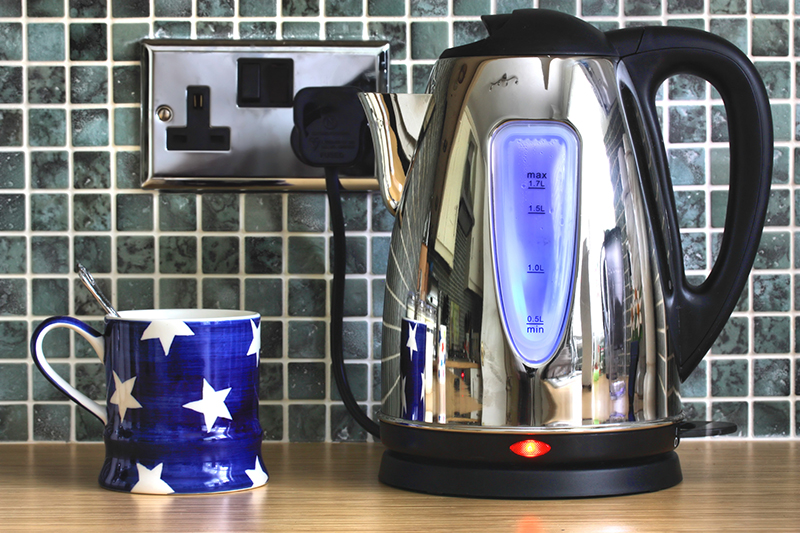Families For Life | Scalds Prevention in Your Home-Babies

Scalds are the most common type of burn in young children. In fact, a hot cup of tea or even a bath that’s too hot can cause scalding and burn your child, just like a fire can.
Scalds and scalding risks: what you need to know
Scalds are burns from hot liquids or steam.
Hot drinks are the major cause of scalds. A freshly poured hot drink can burn a child instantly.
Other common causes of scalding include boiling water, hot tap water and hot baths, as well as hot food, soups and sauces. Hot water can scald up to half an hour after it has been boiled.
Children under 2 years are most at risk of scalding from hot liquids in kettles, teapots, saucepans and cups.
The safe bath temperature for children is between 37°C and 38°C. Grown-ups tend to have baths in water between 41°C and 42°C.
Do you know how to treat a scald or burn? Our
scalds and burns first aid article can take you through the steps.
Preventing scalds in the bathroom
The best way to prevent scalds in the bathroom is to have hot water delivered to the bathroom basin, bath and shower taps at a maximum of 50°C.
It’s important to remember that 50°C isn’t a bathing temperature. You still need to mix cold water with the hot water coming out of your taps to get the right bath temperature for babies and children.
Here are more tips to reduce scalding risks in your bathroom:
Always run cold water first.
Always test the bath water before putting your child in.
Never leave a small child in the care of an older child in the bathroom.
Never leave your child alone in the bathroom.
Keep the bathroom door closed if the room isn’t being used.
At 60°C it takes only one second to cause a full thickness scald. At 50°C it takes five minutes. Read more about
safe bath temperature and
bath safety.
Preventing scalds in kitchen and dining areas
These safety precautions will help protect your child from scalding in cooking and dining areas.
General tips
Have hot water delivered to the kitchen tap at 50°C maximum to prevent serious scalds.
Teach your child about the dangers of hot things.
Equipment and appliances
Keep kettles, teapots and hot drinks at the back of the bench or centre of the table so your child can’t reach them.
Make sure kettle cords don’t hang down within reach of your child. Use appliances with short cords so your child can’t use the cord to pull the appliance closer.
If you're installing an oven, choose one that has a cool-to-touch front door.
Cooking
Always supervise carefully when your child is in the kitchen.
Avoid leaving the kitchen unattended if you’re using pots, pans or kettles.
Use the back burners on the stove. Turn pan handles towards the back of the stove. Install a stove guard.
Carry plates to the pans on the stove, rather than carrying pans with hot liquids across the kitchen to the plates.
Don’t cook while holding or breastfeeding a baby or child. Try to plan for cooking – for example, cook while your child is asleep or in a playpen or highchair.
Test the temperature of soups, stews, 2-minute noodles and other liquid dishes before serving them. Stir microwaved foods to even out any hot or cold spots, and test the temperature before serving.
Eating and drinking
Put your baby in a playpen or highchair when you’re eating or drinking something hot.
Don’t have hot drinks when holding or breastfeeding a baby or child.
Use mugs with wide bases and narrow rims. This reduces the risk of spilling and scalds – but it doesn’t get rid of the risk altogether.
Eat and drink hot food and drinks at the table to reduce the risk of spilling
Use placemats instead of a tablecloth to help stop hot food and drinks spilling on your child. Children sometimes tug on tablecloths, which brings everything down on top of them.
The best way to prevent scalds is to keep your children’s play area away from your kitchen. Also keep hot food and liquids away from children.
© raisingchildren.net.au, translated and adapted with permission
Explore more